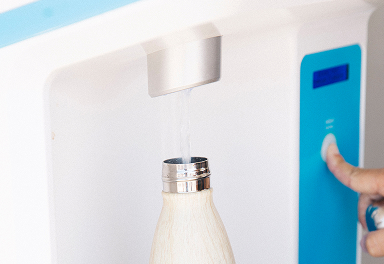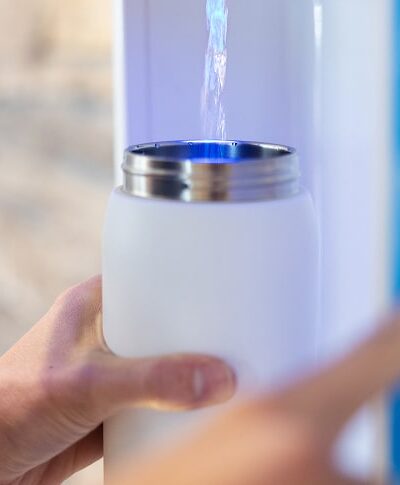The Environmental Protection Agency (EPA) recently announced a partial rollback of national drinking water standards for per- and polyfluoroalkyl substances (PFAS), commonly known as “forever chemicals.” This decision has sparked significant concern among public health experts and environmental advocates, as it may affect the safety of drinking water for millions of Americans.
What Are PFAS?
PFAS are a group of synthetic chemicals used in various consumer products, including nonstick cookware, water-repellent clothing, and firefighting foams. They are highly persistent in the environment and the human body, leading to potential health risks such as cancer, liver damage, and developmental issues.
The Rollback Explained
In April 2024, the Biden administration’s EPA established the first national standards limiting six PFAS compounds in drinking water. These included strict limits of 4 parts per trillion (ppt) for PFOA and PFOS, and 10 ppt for PFNA, PFHxS, and GenX chemicals.
However, the current administration has announced plans to:
- Extend the compliance deadline for PFOA and PFOS from 2029 to 2031.
- Rescind and reconsider the limits for PFNA, PFHxS, GenX, and PFBS.
The EPA cites the need for additional time and flexibility for water utilities, especially in rural areas, to implement these standards.
Public Health Implications
Critics argue that this rollback undermines efforts to protect public health. PFAS contamination is widespread, with studies indicating that over 200 million Americans may have PFAS in their drinking water. Delaying or weakening regulations could prolong exposure to these harmful chemicals.
Environmental groups also contend that the rollback may violate the Safe Drinking Water Act, which prohibits the weakening of existing water quality standards.
What This Means for Your Drinking Water
If you rely on municipal water supplies, especially in areas with known PFAS contamination, this rollback could mean delayed implementation of stricter safety standards. It’s essential to stay informed about your local water quality reports and consider additional measures to ensure the safety of your drinking water.

Steps You Can Take
Stay Informed: Stay up to date with your local tap water quality. You can use our free water report tool for accurate information regarding drinking water contaminants in your area. You can also check your local water utility’s Consumer Confidence Reports for updates on water quality.
Use Water Filters & Purification Systems: Invest in water purification systems that are certified to remove PFAS. Options include modern water dispensers like the FloWater Refill Station, under-sink filters, countertop systems, and whole-house filtration units.
Advocate: Engage with local and national representatives to express your concerns and advocate for stringent water quality standards.
While the EPA’s rollback of PFAS limits raises concerns, taking proactive steps can help protect you and your family from potential exposure. Stay informed, test your location’s water, and consider effective filtration solutions to ensure the safety of your drinking water.
Sources:
AP News




